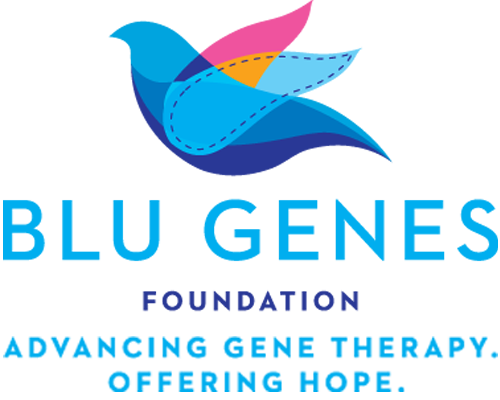What Is Gene Therapy?
Gene therapy is an experimental technique that involves manipulating genes to fight or prevent disease. Genetic material is introduced into a patient’s cells to replace a defective gene with a normal one. The “good” gene replaces the faulty one. If the faulty or mutated gene causes a necessary protein to be missing or present in insufficient levels, such as is the case in Tay-Sachs disease, gene therapy may restore the cells’ ability to make the protein and stop progression of the disease. If a disease is the result of abnormal gene activity or cell growth, such as in certain cancers, gene therapy may offer a way to inhibit the activity or kill the abnormal cells.
How Does Gene Therapy Work?
Before gene therapy can even be considered, the genetics of the target condition must be understood. A correct copy of the gene must be synthesized, and it must be delivered in a way that causes the target cell’s machinery to produce the desired protein from the introduced gene. Various delivery systems (vectors) are used to get the gene into the cell.
Certain viruses are commonly used as vectors. Viruses naturally reproduce by delivering their genetic material into a cell and causing that cell to make new viruses. Viral vector gene therapy relies on this ability, although the vectors have been modified so they don’t make new viruses. Chemical methods of packaging the gene for delivery into the cell (e.g., liposomes) have historically had a lower success rate, but safety and improvements in efficacy have increased the number of non-viral vectors being used in clinical trials1.
While gene therapy offers great promise for treating currently incurable genetic diseases, it’s not without its challenges. The gene must be delivered to the right cell, and then it must be switched on, and it must do so without generating an immune response. And ideally, it should become stably integrated into the cell’s DNA in a way that it doesn’t interfere with any other genes. Some vectors are better than others at meeting these requirements. Lastly, cost is one of the most significant challenges faced by gene therapy.
A number of new technologies that allow directed “gene editing” are gaining recognition. The most well-known is called CRISPR, which stands for clustered regularly interspersed short palindromic repeats. The details of this technology and other similar ones are beyond the scope of this discussion, but in short, it’s a way of directing a specific edit to the defective gene itself, rather than just supplying a correct version of the gene at some other location in the DNA. The first human trial using one of these technologies began on November 13, 2017, in California2.
Where Does the BLU GENES Foundation Fit In?
Although showing great clinical promise, gene therapy research is expensive, and there have been only a few clinical trials. Most of the diseases that are potentially treatable with gene therapy are rare. They lack visibility and the funding support available for more common diseases. But we know that the parents of a baby diagnosed with Tay-Sachs disease or another rare genetic disorder don’t care how rare it is, and we know they need hope.
The BLU GENES Foundation is raising funds to advance gene therapy and find a cure for genetic disorders, beginning with Tay-Sachs disease. We believe in offering hope where currently there is none.
We are in the process of evaluating the most promising gene therapy research initiatives. Please check back soon to read information about our selected projects.
Reference
- Ramamoorth, Murali, and Narvekar, Aparna. (2015). Non Viral Vectors in Gene Therapy- An Overview. Journal of Clinical and Diagnostic Research : JCDR, 9(1), GE01–GE06. http://doi.org/10.7860/JCDR/2015/10443.5394
- https://www.theguardian.com/science/2017/nov/15/scientists-make-first-ever-attempt-at-gene-editing-inside-the-body


